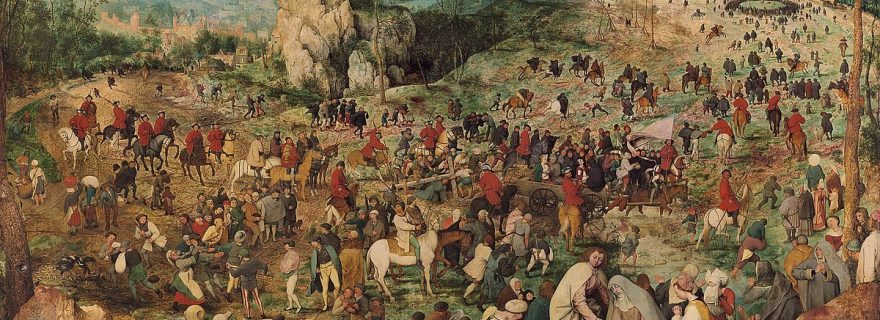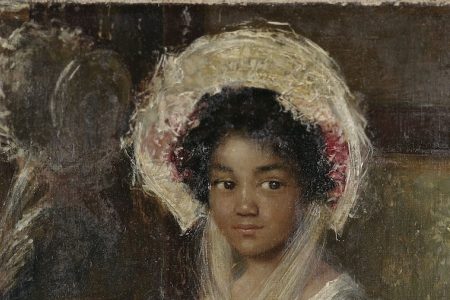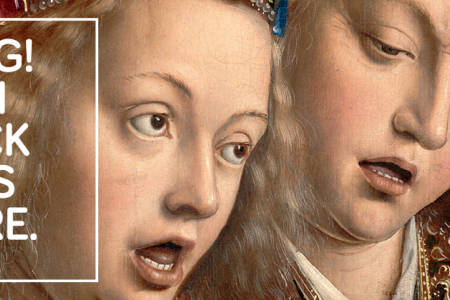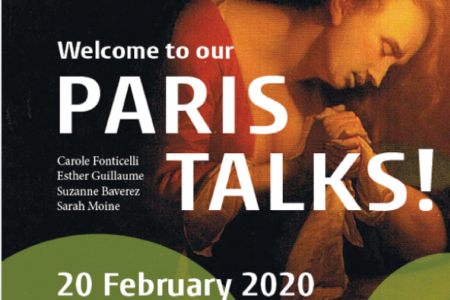A Bruegel Blockbuster
On 12 September the art historical academic year was opened by Manfred Sellink during the Van de Waal Lecture.
Van de Waallezing 2019: Reflecting on the Pieter Bruegel exhibition (2 October 2018-13 January 2019)
On 12 September the art historical academic year was opened by Professor Manfred Sellink during the Van de Waal Lecture. This annual, public lecture is named after a former art historian Henri van der Waal (1910-1972), who is known for developing the well-known Iconclass system used in libraries all over the world.
Manfred Sellink presented a thorough look at the important Pieter Bruegel exhibition organized at the Kunsthistorisches Museum. He explained how Vienna was the ideal location for this “once in a lifetime” exhibition as the museum holds an incredible 12 paintings by the famous artist, many of which are too fragile to travel. This was the first integral survey of Bruegel’s work that brough together paintings, drawings and prints and was preceded by extensive preliminary research undertaken by curators, conservators and other experts. The result was an incredible artistic tour de force that drew over 420,000 visitors (limited by the ticketed and timeslot process) as well as contemporary filmmakers like Wes Anderson and famous artists like David Hockney.
As one of the driving forces behind the exhibition Sellink gave important insights into various aspects of the organizational process behind such a major undertaking. During this process Sellink and his co-curators realized how their discussions about Bruegel’s paintings reflected their nature as conversation pieces of the urban culture of the sixteenth-century Low Countries. It was decided early on that the red thread of the exhibition would be the creative process of the artist as well as the materiality of his works. One of the ways the exhibition was able to achieve this was by showing Bruegel’s beautiful The Procession to Calvary (1564) in a glass case that allowed visitors to admire the thin profile of the wooden panel on which the master painted his composition.
As a well-known art historian and curator Manfred Sellink attracted a large audience of Leiden students as well as museums experts, scholars and art lovers. By ending his presentation with a number of unresolved questions about contemporary influences, workshops and material culture, Sellink offered new pathways that may be pursued in future Bruegel studies.
For more information about the Bruegel project click here.
For more information about panel painting visit Getty Panel Project.





0 Comments